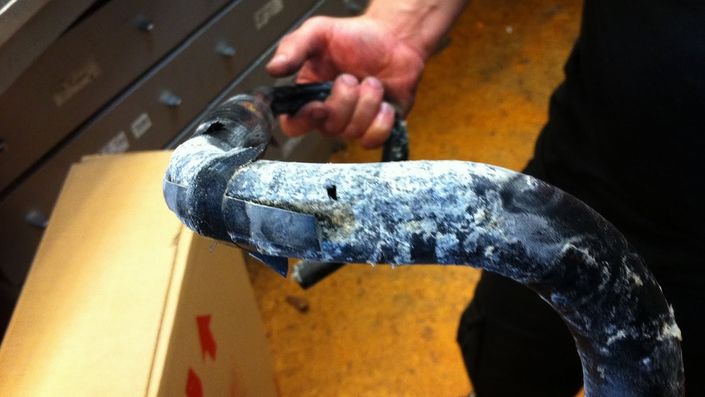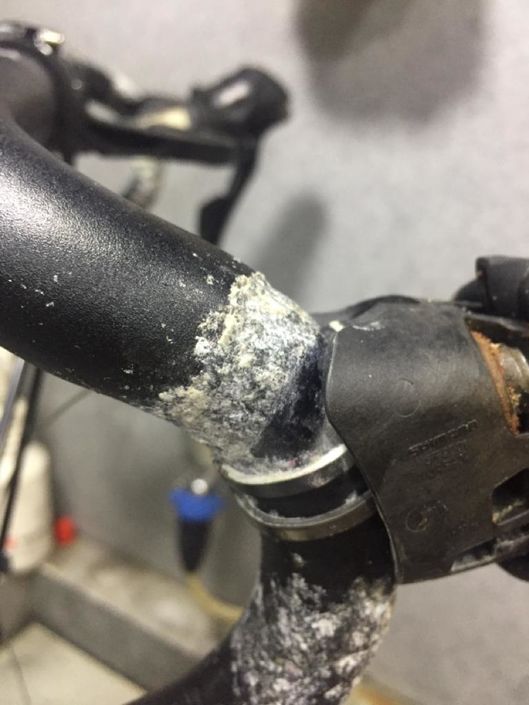It’s an unforgettable smell, like rotten eggs and it’s coming from... your beloved steed. “Whhhhat’s wrong,” you ask yourself as your gag reflex switches on and you whisk the bike off to your local mechanic. The answer may seem illogical... the stink is probably coming from your aluminum drop handlebars.
Here's why
Your salty sweat is the villain. As your ride along and sweat all over everything, sweat seeps into the nooks and crannies on your components and is trapped under handlebar tape. Day after day, your hot rides reload this salty, damp environment with more and more sweat. Your handlebars, the stinky ones, are made of 7075 aluminum and are corroding. Despite being anodized to prevent corrosion, any surface defect to 7075 aluminum is the start site for corrosion. The surface defects are simple scratches often made by the brake lever clamp or stem on the bars. The corroded bars will ultimately fail and break at these surface defects if they are not replaced in time.
Here’s the science and engineering
7075 aluminum is very prone to corrosion in the presence of salt solutions. The byproducts of this corrosion smell bad, really bad. It is the chloride in salt (NaCl) that is the bad actor here. It reacts with the aluminum in 7075 alloy forming aluminum hydroxide [Al(OH)3] and hydrochloric acid (HCl). In 7075 aluminum, this reaction is driven by the large difference in electrical potential of the alloying elements in the aluminum.
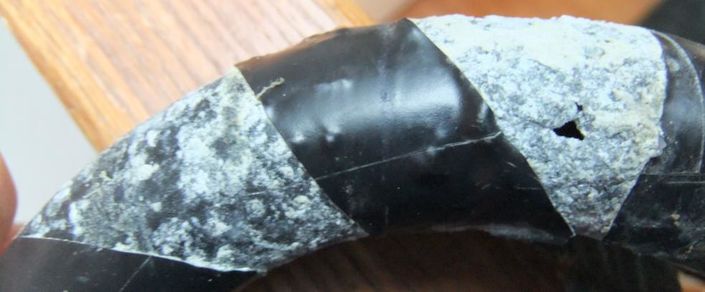
Not all aluminum handlebars drastically corrode. Some handlebars are made of 6061 aluminum which is much less likely to corrode from sweat and if they do corrode, it is a slow process. The electric potential in the alloying elements of 6061 do not drive the chemical reaction as dramatically as 7075.
What do you need to do to avoid this problem?
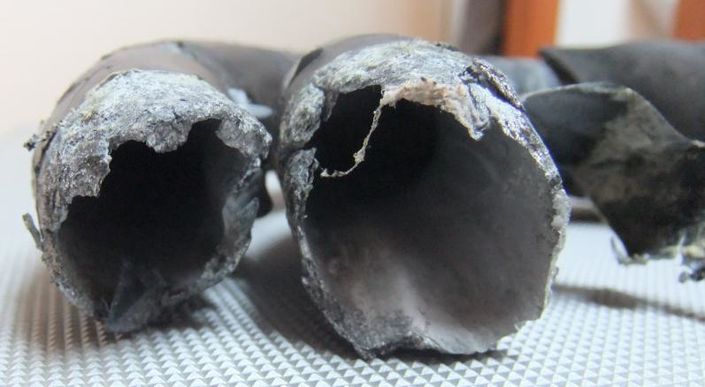
You need to remove the tape and inspect your aluminum handlebars all over for signs of corrosion especially under the brake level clamps and around the stem. Look for chips or marks in the anodizing layer where the brake levers slide on and are clamped and at the junction of the stem to the handlebar. Corrosion looks like white powder and there may be a bad smell. If you see corrosion or detect a foul odor, it’s time to replace your bars and recycle the old ones. This inspection process should done, at least, at the end of the summer each year, and more frequently for folks who sweat profusely, ride indoor trainers, live in hot climates or near salt water.
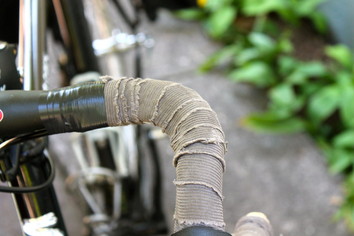
RELATED ARTICLE:
Knowing when to replace your bar tape
A common sense guide to knowing when it's time to change the bar wrap on your road bike... READ MORE

RELATED ARTICLE:
Clunk! Grind! Creak! Why is my bike making a noise?
A noise from your bicycle can be annoying and a potential safety issue. Here is a guide to identifying and resolving bike clicks, clunks, and other unusual noises... READ MORE
